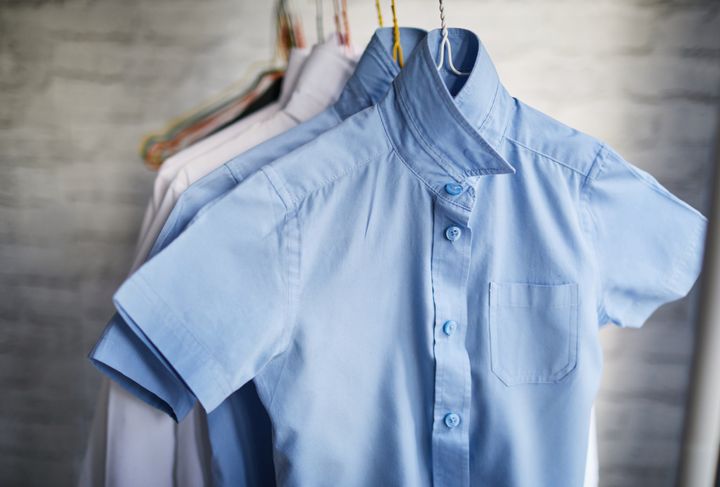
As parents get into the swing of summer holidays, the looming costs of school uniforms hangs over them and, according to research from UK affordable footwear retailer, Wynsors, the majority of parents in the UK are feeling the financial pinch this year.
In their annual survey of 1,000 parents, Wynsors found that while there have been some slight improvements on the 2023 survey, the findings still outline that there is a huge financial strain in many households.
The financial constraints of school uniforms
Of course, being a parent is already a financial strain for many families but when you add in a cost of living crisis, there is an added, inescapable pressure.
According to Wynsors, 1 in 2 parents in the UK spend upwards of £249 each year on school uniforms. This cost means that cutbacks are being made elsewhere, and often to the detriment of parents.
Over half of parents admitted that they’re spending less money on new things for themselves such as clothing so that they can stretch their household budget to school unforms and 15% of parents are forgoing any holidays whatsoever.
There is government help available to parents but for those that don’t meet the requirements, there’s no option but to make household cuts.
Wynsors said: “Although a school uniform ensures that students are properly dressed and satisfy the school rules, it makes sense that the smaller the household income, the less parents have available to spend on new uniforms.
“Our survey confirms this, as 87% of those with a household income of £15,000 or less agree to feeling the squeeze on their finances, compared to 68% of those with a household income of £55,001 to £65,000.”
How to save money when buying school uniform
On their website, Wynsors recommend the following steps for saving money when buying school uniforms:
- Seek help with school uniform costs: Some local authorities provide discretionary grants for those struggling with school uniform costs. Individual schools, trusts or charities may also run their own schemes offering financial support, so it’s worth researching what help might be available near you.
- Try to delay some purchases: You don’t have to buy every item straight away, as chances are, your child won’t need or use all the supplies on the first day. Stagger the payments, as it’s likely that there will be items that can be purchased later in the year
- Shop the sales where possible
- Decide between needs and wants: Make sure the essential items are taken care of first and then see if there’s any budget left for new, less essential items.